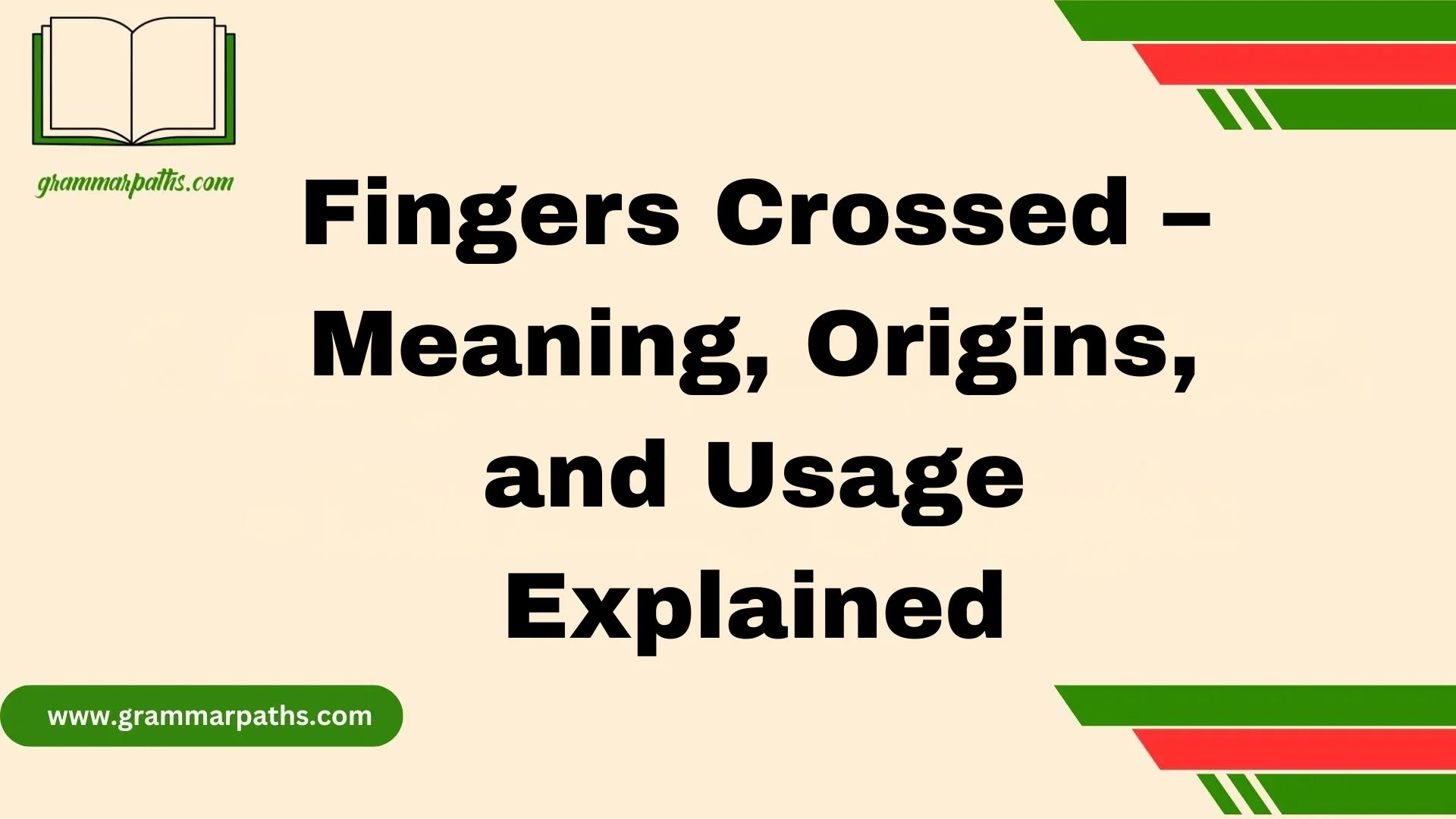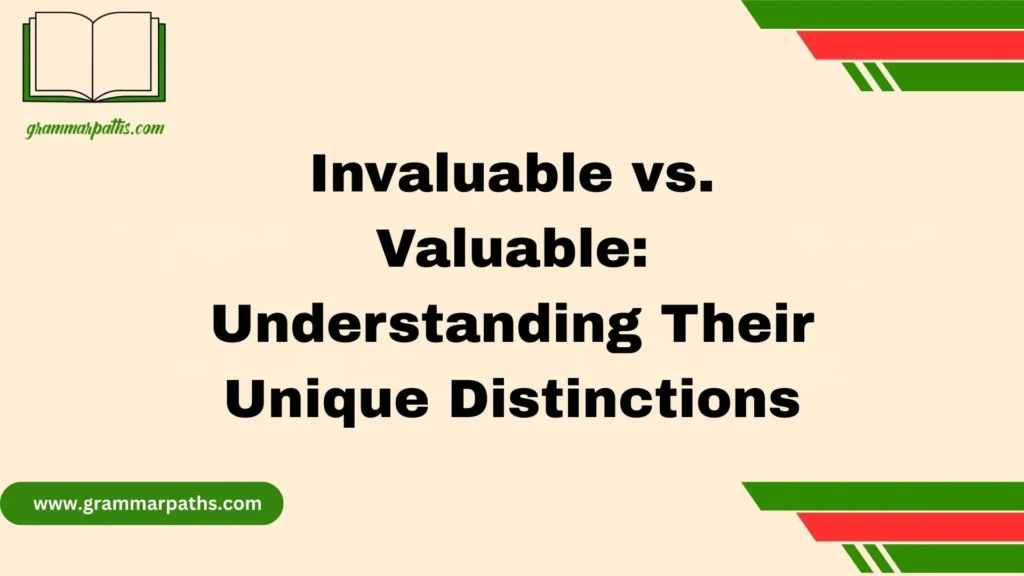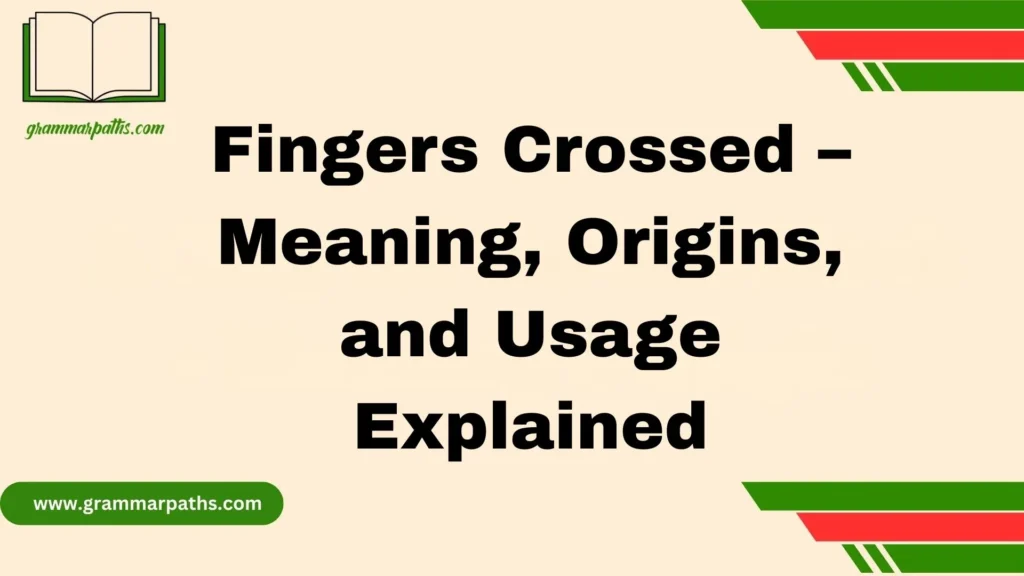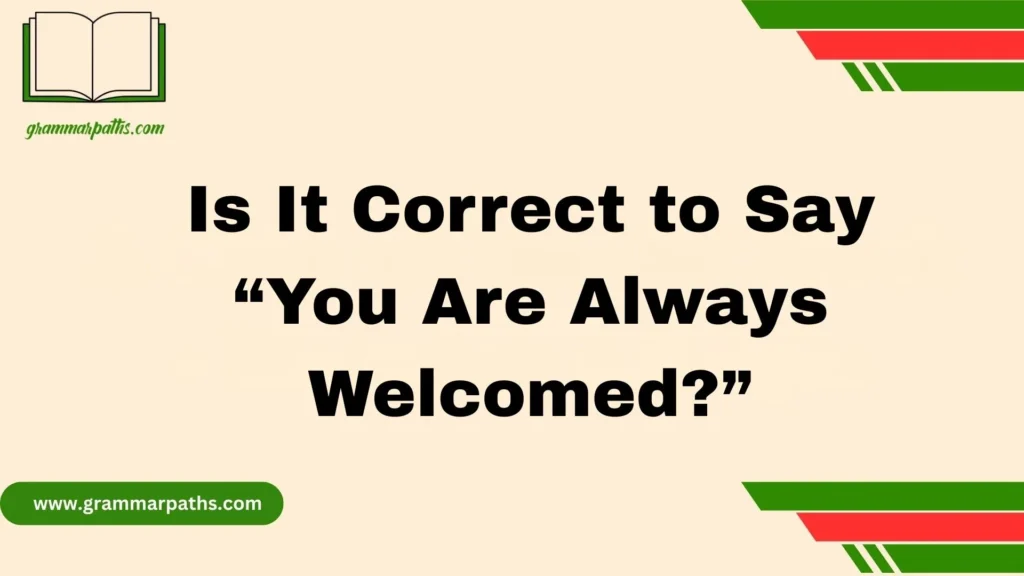The phrase fingers crossed might look simple, but the expression carries real emotional weight with layers of linguistic depth. A small gesture made by the hand when crossing two fingers works as a signal of hope, luck, or sometimes even playful deception. Across generations and cultures, this shared act holds power, showing both fear and support during moments of tension and uncertainty. Its meaning changes with context, yet it never loses the credit it earns as a quiet way to connect people. I’ve often found that such a tiny movement can start a conversation, soften silence, or carry words we cannot say aloud.
In modern media, social settings, and everyday routines, the language of this phrase stays alive and relevant, slipping naturally into talk without much effort. It reflects how language grows over time. A closer dive into its history shows layers of symbolism on the surface and something more symbolic beneath—a living belief that people need and continue to believe in. These hidden words echo faith, unity, and shared tradition, making this small sign much more than it first appears.
Definition and Core Meaning of “Fingers Crossed”
At its simplest, “fingers crossed” means wishing for a good outcome or expressing hope. When someone says it before a big event, they’re signaling faith that fortune will favor them. The phrase often accompanies the gesture of crossing the middle finger over the index finger.
But there’s more. “Fingers crossed” has two main interpretations:
- Positive meaning: Hope, luck, or support for someone.
- Negative meaning: Concealing a lie or breaking a promise while crossing fingers behind the back.
This dual nature makes it unusual compared to many other cultural gestures. It can encourage honesty in one context and excuse dishonesty in another.
Common Examples in English
- “I’ve got my fingers crossed for your promotion.”
- “Fingers crossed it doesn’t rain during the wedding.”
- “He promised he’d help—but I bet he had his fingers crossed behind his back.”
Historical Origins of “Fingers Crossed”
The history of “fingers crossed” stretches far back, blending pagan rituals, Christian influence, and folk traditions.
Pagan Beginnings
Before Christianity, many cultures believed in protective signs against evil spirits. Pagans often used intersecting shapes—circles, crosses, or knots—as symbols of unity and protection. Crossing fingers may have started as a way of invoking a sacred bond or warding off bad luck.
Christian Influence
With the rise of Christianity, the act of crossing fingers became linked to the cross of Christ. Early Christians, who often lived under persecution, used subtle hand signs to recognize one another. Crossing fingers may have served as a discreet reminder of faith, similar to making the sign of the cross.
First Recorded English Use
The phrase “fingers crossed” appeared in English writing in the 16th century. By the 19th century, it was common in both spoken and written English as a symbol of luck and protection.
Cultural and Social Significance
Why has “fingers crossed” endured while other old gestures faded away? The answer lies in superstition, social bonding, and psychology.
Luck and Superstition
Humans have always looked for rituals to control uncertainty. Crossing fingers became a small ritual for influencing fate—a superstition passed down through families and communities.
Social Bonding
The gesture also works as a social connector. When you cross your fingers for a friend, you’re showing support and empathy. It creates a shared sense of hope.
East vs. West
In Western culture, “fingers crossed” is widely recognized. In contrast, many Eastern traditions use different symbols for luck, such as red strings in China or lucky charms in Japan. Still, the underlying desire is the same: humans crave reassurance when facing uncertainty.
Modern Usage in Everyday Life
Today, “fingers crossed” has expanded beyond gestures into speech, text, and emoji culture.
Everyday Scenarios
- Students use it before exams.
- Job seekers whisper it before interviews.
- Sports fans cross their fingers for their teams.
Digital Use
The 🤞 emoji has become a global shorthand for hope. People send it in text messages, social media posts, and even professional emails when wishing someone success.
Verbal vs. Nonverbal
Sometimes, people only say the phrase without making the gesture. Other times, they silently cross their fingers as a private ritual of reassurance.
Variations Across the Globe
Gestures often change meaning depending on the culture. “Fingers crossed” is no exception.
| Country/Region | Similar Gesture | Meaning |
| Italy | “Corna” hand sign (horns) | Protection from evil, bad luck |
| Japan | Charms like Omamori | Safety, good fortune |
| Vietnam | Fingers crossed | Resembles female genitalia; considered offensive |
| Russia | Spitting over shoulder | Luck against bad omens |
| USA/UK | Fingers crossed | Hope, luck, deception (behind back) |
This table shows how something innocent in one country may be taboo in another. Always consider cultural context before using gestures abroad.
Religious and Secular Dimensions
“Fingers crossed” walks the line between faith and superstition.
Christian Roots
In Christianity, crossing fingers was once a symbol of invoking God’s protection. It echoed the sign of the cross and reflected unity in prayer.
Secular Superstition
Over time, the gesture lost much of its religious meaning. Today, it’s mostly secular—used by believers and nonbelievers alike. It’s more about luck and comfort than spiritual faith.
Modern Religious Views
Some Christian groups still see it as a subtle sign of faith. Others dismiss it as superstition with little spiritual weight.
Hope vs. Deception – The Two Sides of Fingers Crossed
This gesture carries a contradictory symbolism—hope on one hand, dishonesty on the other.
Positive Use
- Encouragement: “I’ve got my fingers crossed for you.”
- Faith: Hoping for divine or universal help.
- Support: Showing care for someone’s success.
Negative Use
- Excusing lies: Children often cross their fingers behind their backs to claim a promise doesn’t count.
- Breaking commitments: Crossing fingers symbolizes dishonesty without guilt.
This dual meaning has made “fingers crossed” both beloved and distrusted across history.
Pop Culture and Media Examples
“Fingers crossed” shows up in countless movies, shows, books, and songs.
In Film and TV
- Characters often cross fingers before daring actions.
- Children’s shows use the “fingers crossed behind the back” trope to teach lessons about honesty.
In Music
Several pop songs use the phrase as a metaphor for hope, love, or faith in uncertain outcomes.
In Sports and Politics
Fans often say they’re keeping “fingers crossed” for their teams. Politicians sometimes use the phrase casually to connect with audiences during speeches or interviews.
Meme Culture
The 🤞 emoji and GIFs of crossed fingers are popular in online communities, especially during elections, live sports events, or big entertainment releases.
Psychological and Sociological Perspectives
Why do humans hold onto rituals like crossing fingers even in modern, rational societies?
The Psychology of Luck
Gestures like crossing fingers provide a sense of control over uncertainty. Even if irrational, they reduce stress and anxiety.
The Placebo Effect
Believing in luck can boost confidence. A study from the University of Cologne found that rituals, including lucky charms and gestures, improve performance by enhancing self-confidence.
Childhood Learning
Most people learn the gesture as children. It becomes part of cultural conditioning, carried into adulthood almost automatically.
Conclusion
The phrase fingers crossed is more than just an expression; it’s a gesture that blends hope, luck, and shared human belief. Across generations and cultures, it has carried emotional weight, spoken without words, and grown into a living phrase that remains relevant in both modern life and everyday routines. Whether used to ease tension, show support, or quietly express fear in moments of uncertainty, its meaning runs deeper than the simple act of crossing two fingers.
FAQs
Q1: What does “fingers crossed” usually mean?
It’s a way to show hope for a good outcome or to wish someone luck.
Q2: Where did the idea of crossing fingers come from?
Its history links back to old cultures where crossing fingers symbolized faith, symbolism, and spiritual belief.
Q3: Can “fingers crossed” also suggest deception?
Yes, in some contexts the gesture signals playful deception, like making a promise with fingers secretly crossed.
Q4: Why is this phrase still alive today?
Because language grows with us, and the phrase stays alive in modern media, social talk, and everyday conversation.
Q5: Does it hold the same meaning everywhere?
Not exactly. While it often shows support or hope, its meaning shifts across cultures and situations.

Emma Brooke is a passionate language expert and contributor at GrammarPaths.com, where she helps learners navigate the complexities of English grammar, idioms, and effective writing. With a strong academic background and years of teaching experience, Emma excels at turning tricky grammar rules into simple, practical lessons that readers can easily grasp.












